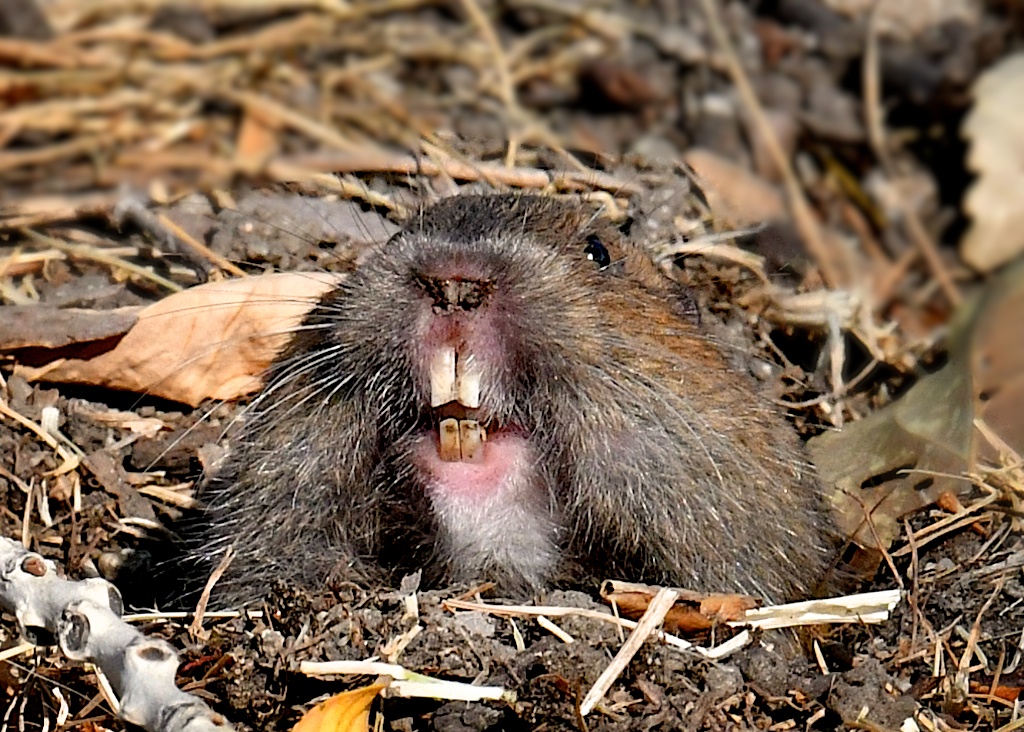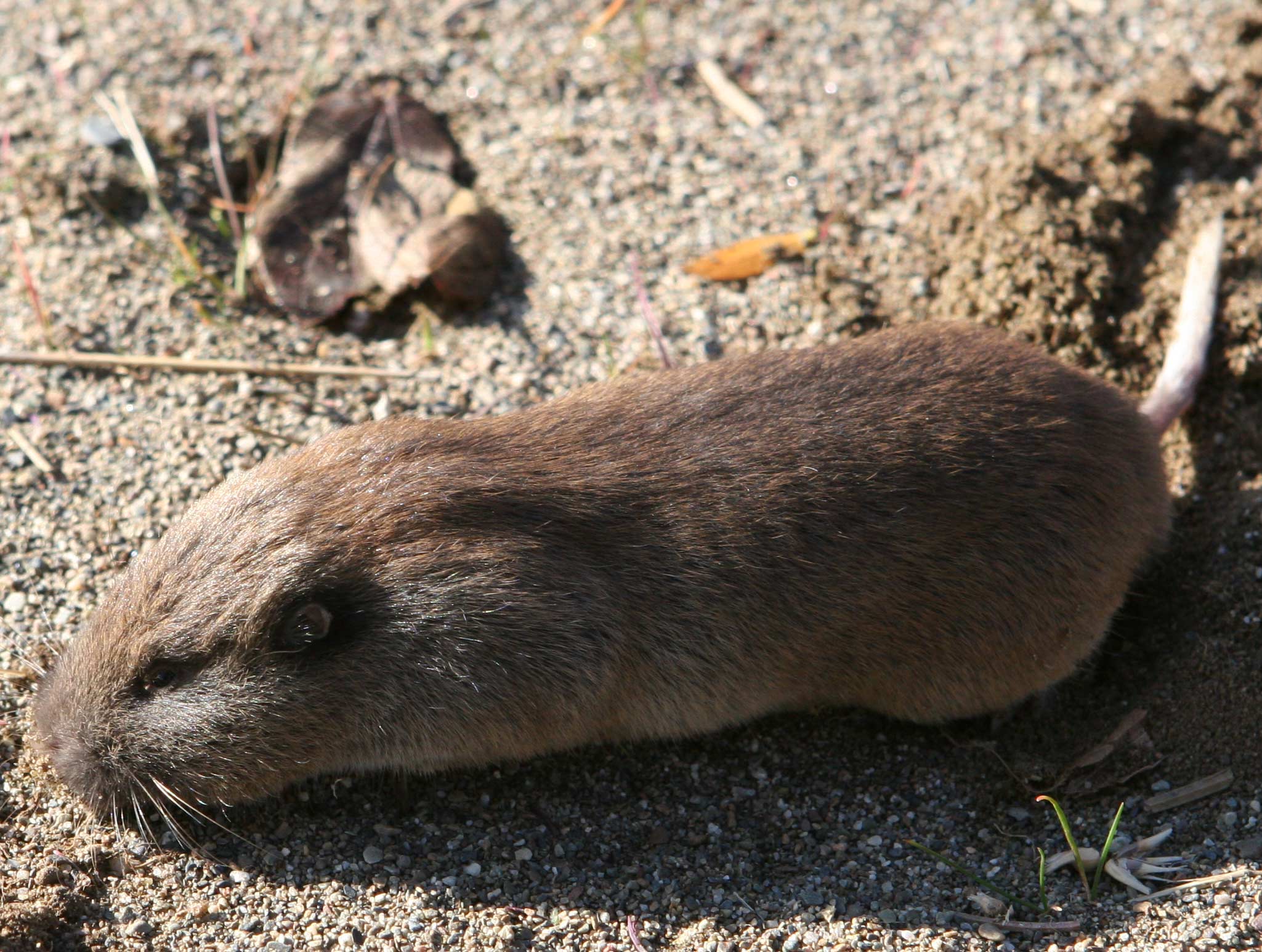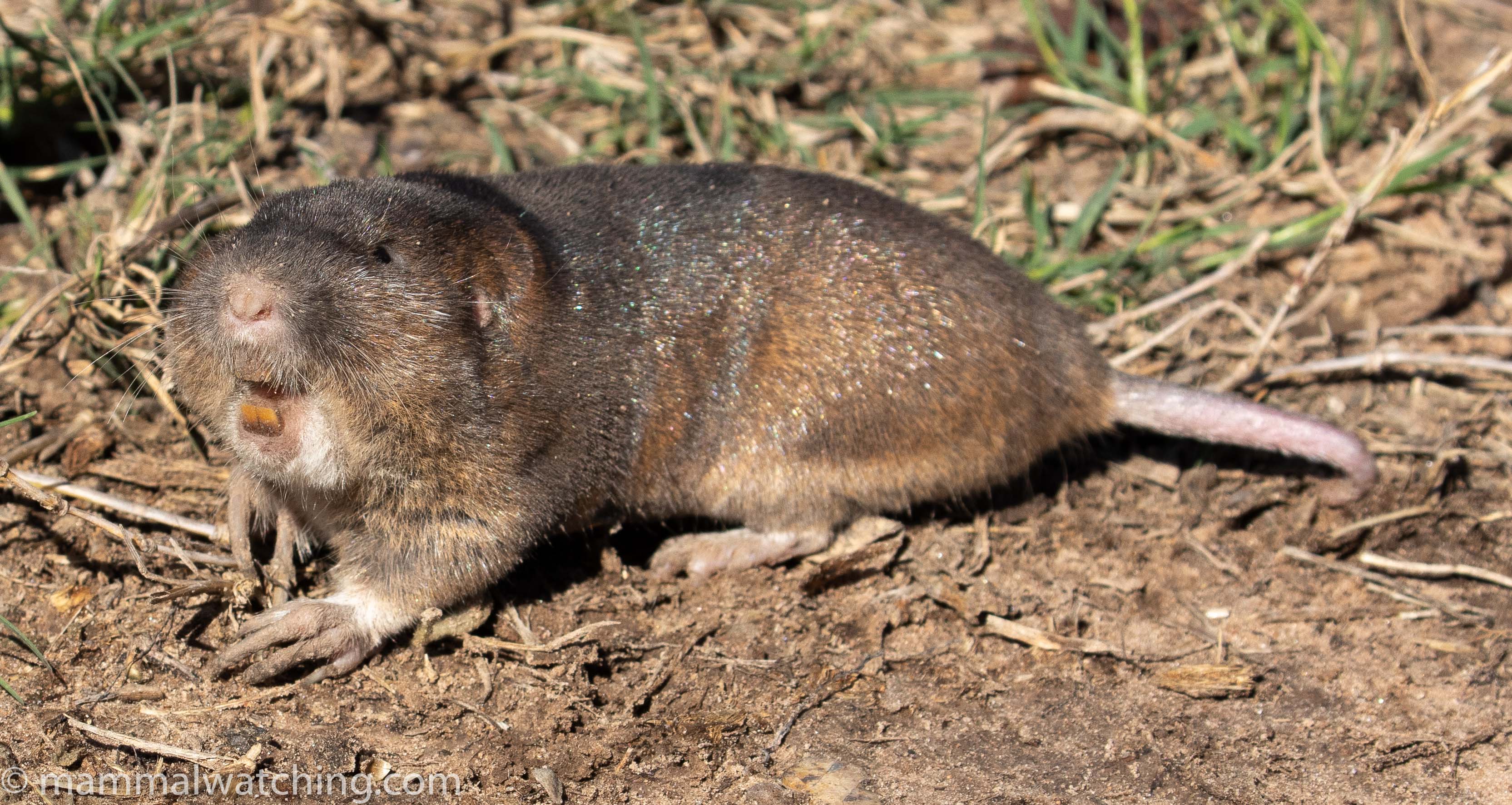

(The scientists note in their paper that, while gophers were certainly inconvenienced by the project, none were harmed.)Ĭalculating the daily rate of root growth allowed Selden and Putz, with help from Brian McNab, biology professor emeritus and others, to calculate how much of the gophers’ energy needs could be met by harvesting their crops. The cylindrical shape provided 360 degrees of protection from gopher interference.
Pocket gopher Patch#
After even more digging, the researchers placed the open side of a drum into the soil to surround a patch of gopher tunnels while allowing plants on the surface to keep growing. Using dams of wood or metal, the researchers attempted to block the gophers from their tunnels, but to no avail-the gophers merely went around.Įventually, Putz and Selden turned to 50-gallon drums with the ends cut off. Putz and Selden spent months on the property where he lives trying to keep gophers out of their tunnels so they could measure the roots that grew back in. The project relied on ingenuity, collaboration, and-in an homage to the gophers-a lot of digging. “If roots grow into these man-made tunnels, perhaps they’ll grow into these gopher tunnels that have waste to fertilize them,” Selden says.įortunately for gophers, though, the roots are their main food source. Putz and Selden were puzzling over how the gophers got enough energy to dig when they recalled the perennial problem of roots growing into sewer pipes in homes.

Indeed, sewers helped inspire the project. “The roots grow in like stalactites and stalagmites. Dark and wet like a sewer pipe,” Putz says. “They live entirely alone in a tunnel system that’s 100 meters long. Nor do their strong tunnels undermine the ground. Although often thought of as pests, they eat only roots and rarely damage crops. Pocket gophers are enigmatic creatures that spend nearly their entire lives below ground in sprawling tunnels up to 500 feet long.

In the study, Selden and Jack Putz, professor of biology, argue that the root cropping behavior of the gophers constitutes a kind of rudimentary farming. The gophers’ daily harvest of their root crops accounts for an average of 20% and as much as 60% of their energy needs, which helps make up for the intense energy cost of burrowing in dense soil. “They’re providing this perfect environment for roots to grow and fertilizing them with their waste,” says Veronica Selden, who recently graduated from the University of Florida and is first author of the paper in Current Biology. Beneath your feet, the rodents continuously create and remold a labyrinth of winding tunnels hundreds of feet long.Īnd, perhaps, tend the world’s most recently discovered farms. The discovery makes the rodents the only mammal-other than humans-known to farm for a living.Īlthough you’ll probably never see them, you can spot pocket gophers by the tell-tale mounds of sandy soil dotting a field.

Researchers have discovered that southeastern pocket gophers tend to fields of subterranean roots they harvest for food.


 0 kommentar(er)
0 kommentar(er)
